Why We Recommend Undermount Sinks for Stronger, Cleaner Countertops
When you’re planning a new kitchen, the sink choice may not feel like the biggest decision on the list. Cabinets, countertops, and layouts usually take center stage. But the type of sink you choose, undermount or top mount, can have a big impact on both the installation process and the long-term durability of your countertops. After 27 years in the shop and out in the field, I can tell you there’s a clear winner.
Why Top Mount Sinks Cause Trouble
Believe it or not, we really dislike top mount sinks. They create more problems than most homeowners realize. The issue starts with the way the stone has to be cut. To drop a top mount sink into place, more stone must be removed, leaving thinner sections in front and behind the sink opening.
For example, with a typical undermount sink, you’ll have:
- 3 ½ to 4 inches of stone in the front
- 3 ½ to 6 inches in the back
That gives the countertop strength and stability. On top of that, we reinforce the sink cutout using a process called “rodding.” We flip the slab, cut small channels, and epoxy in fiberglass rods. This adds structure and helps keep fragile stone from breaking.
With a top mount sink, you’re often left with only:
- 2 to 2 ½ inches of stone at the front
- 2 to 2 ½ inches in the back.
That lack of material makes the whole section weaker and prone to cracking. In fact, I’d say at least one out of every two top mount kitchen sinks we’ve seen develops some kind of fracture over time.
Cracks, Repairs, and Headaches
Once a crack shows up, even a good repair will usually leave a visible mark. The countertop may still function, but nobody wants to see that line every time they walk into the kitchen. When homeowners invest in stone, they’re looking for beauty and durability, not hidden stress points.
That’s why we do everything we can to steer people away from top mounts.
Cost and Value
Some people think a top mount sink will save money. From our perspective, there’s no difference. We don’t charge more for one type of cut versus the other because we pre-cut sink holes in the shop. Whether it’s an undermount or top mount, the labor is essentially the same.
The only cost difference comes from the sink itself. Undermount sinks are often a little more expensive than top mounts, but the investment pays off with a cleaner installation, fewer issues, and a longer service life.
Everyday Living: Cleanliness and Convenience
Durability is the big factor, but the daily experience matters too. Undermount sinks make life easier. You can wipe crumbs or spills straight into the sink without catching debris on a rim. There’s no edge for water and grime to collect around, which keeps things more sanitary. Kitchens are meant to be used every day, and an undermount simply holds up better to that reality.
Our Recommendation
From the fabrication shop to the job site, we’ve seen what works and what doesn’t. Top mount sinks weaken stone and often lead to cracks. Undermount sinks stay stronger, look cleaner, and help your countertops last. There’s no savings in going with a top mount, but there’s a real risk of problems down the road.
If you’re in the planning stage of your remodel or new build, give careful thought to your sink choice. An undermount will serve you better in the long run.
Bring a sketch and come see us at our Prescott showroom. Let’s find what makes you feel good and build it into a kitchen that works for your life.
Designing Surfaces For Your Life


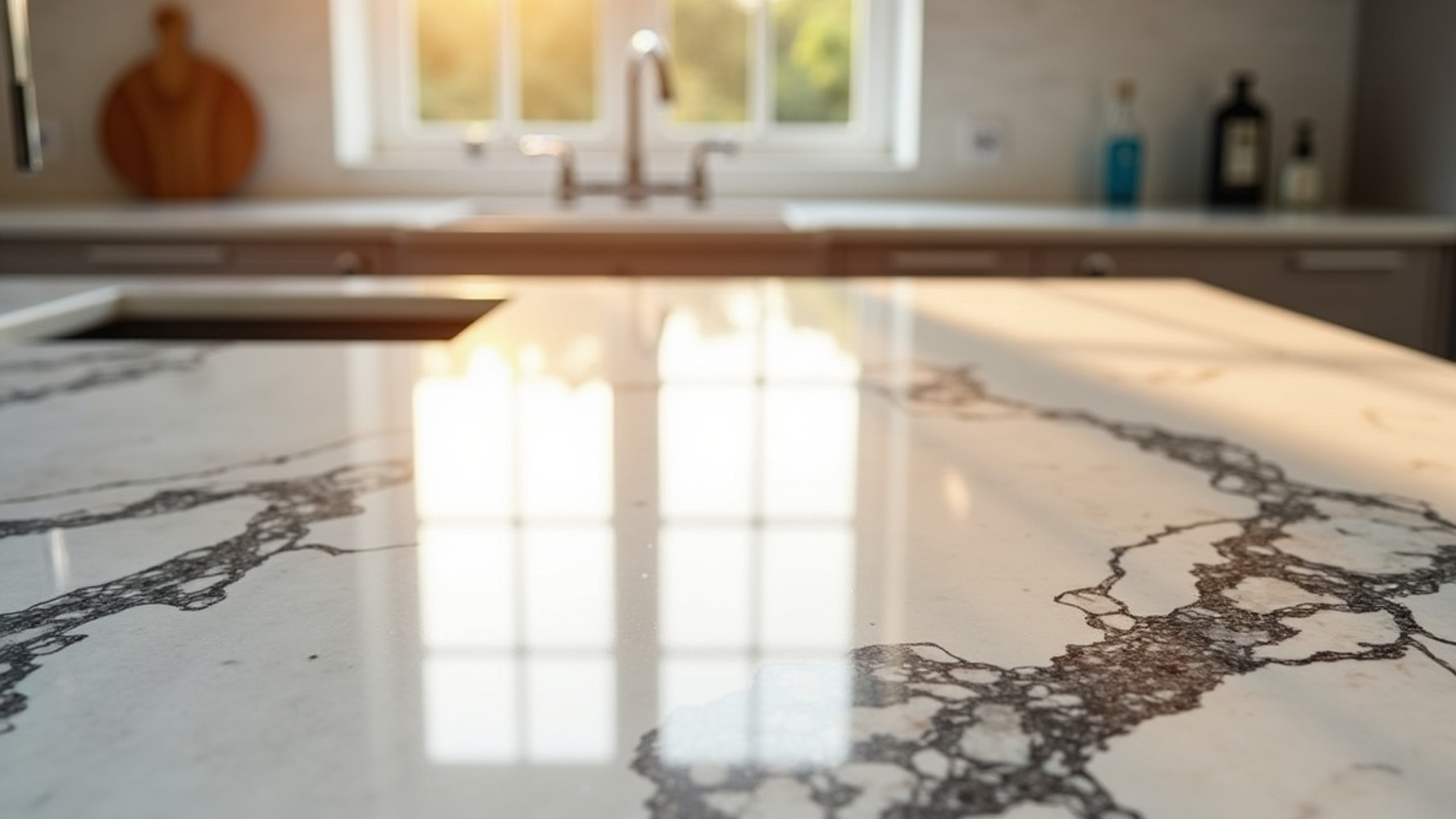
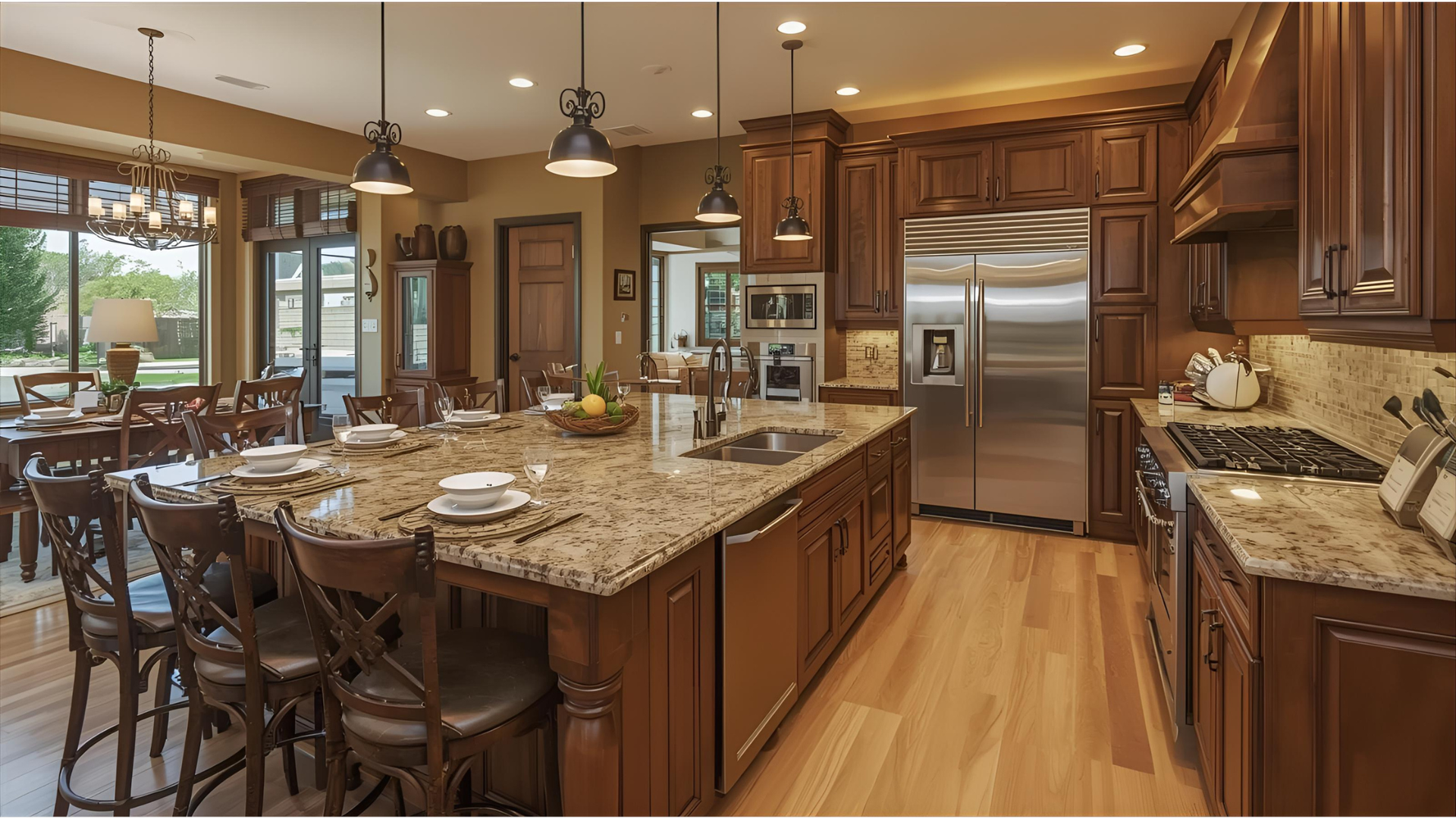
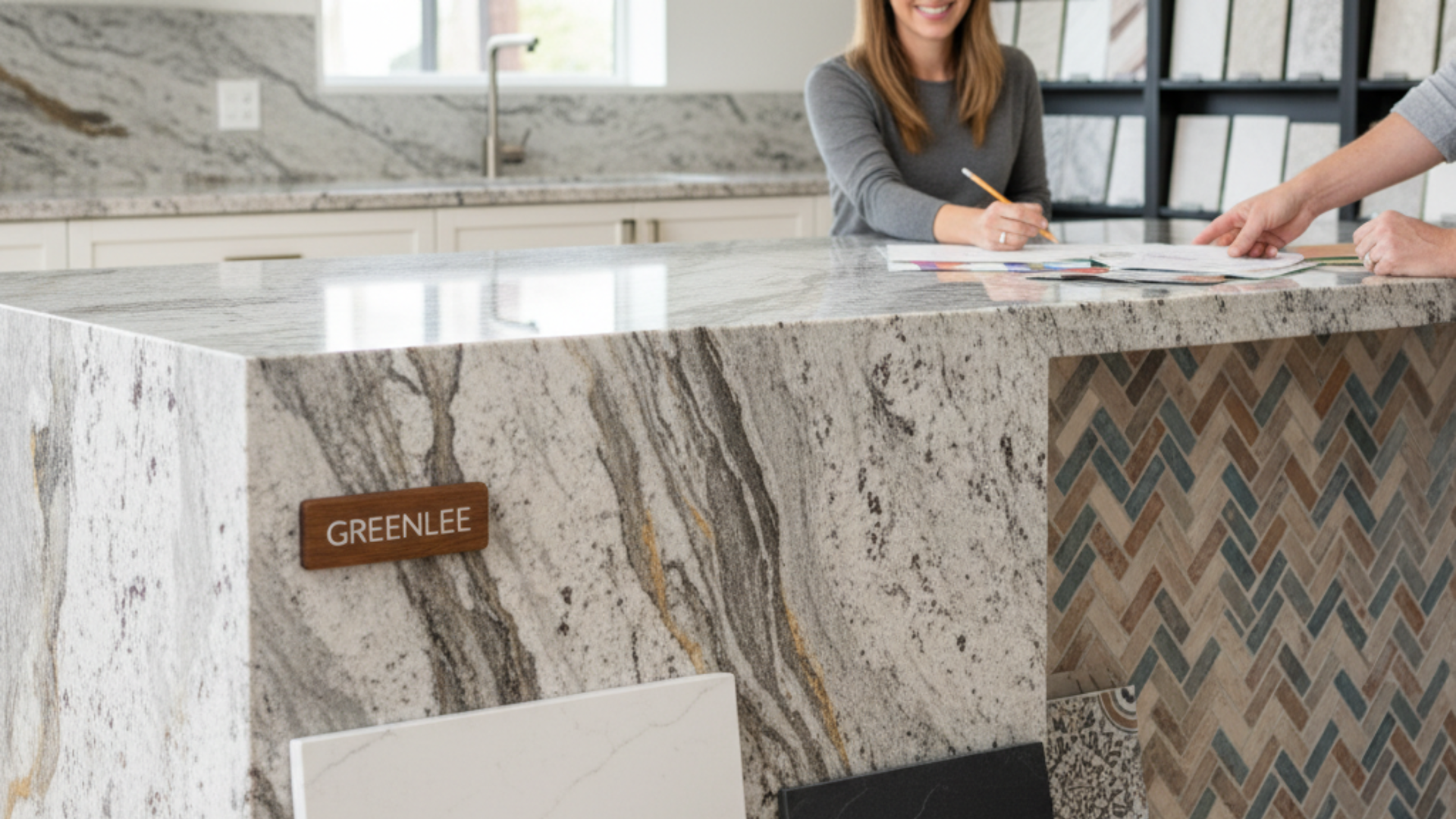

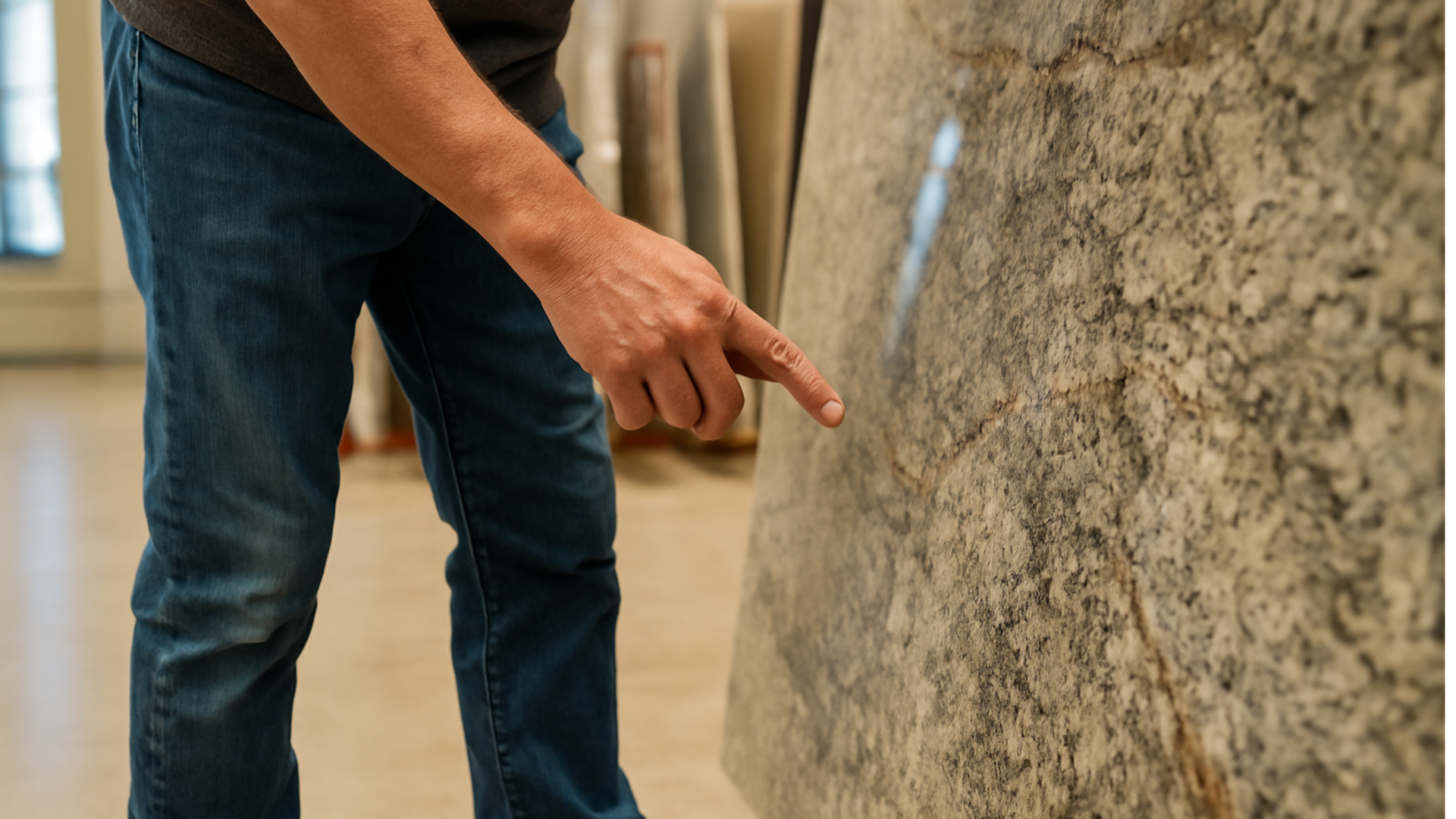
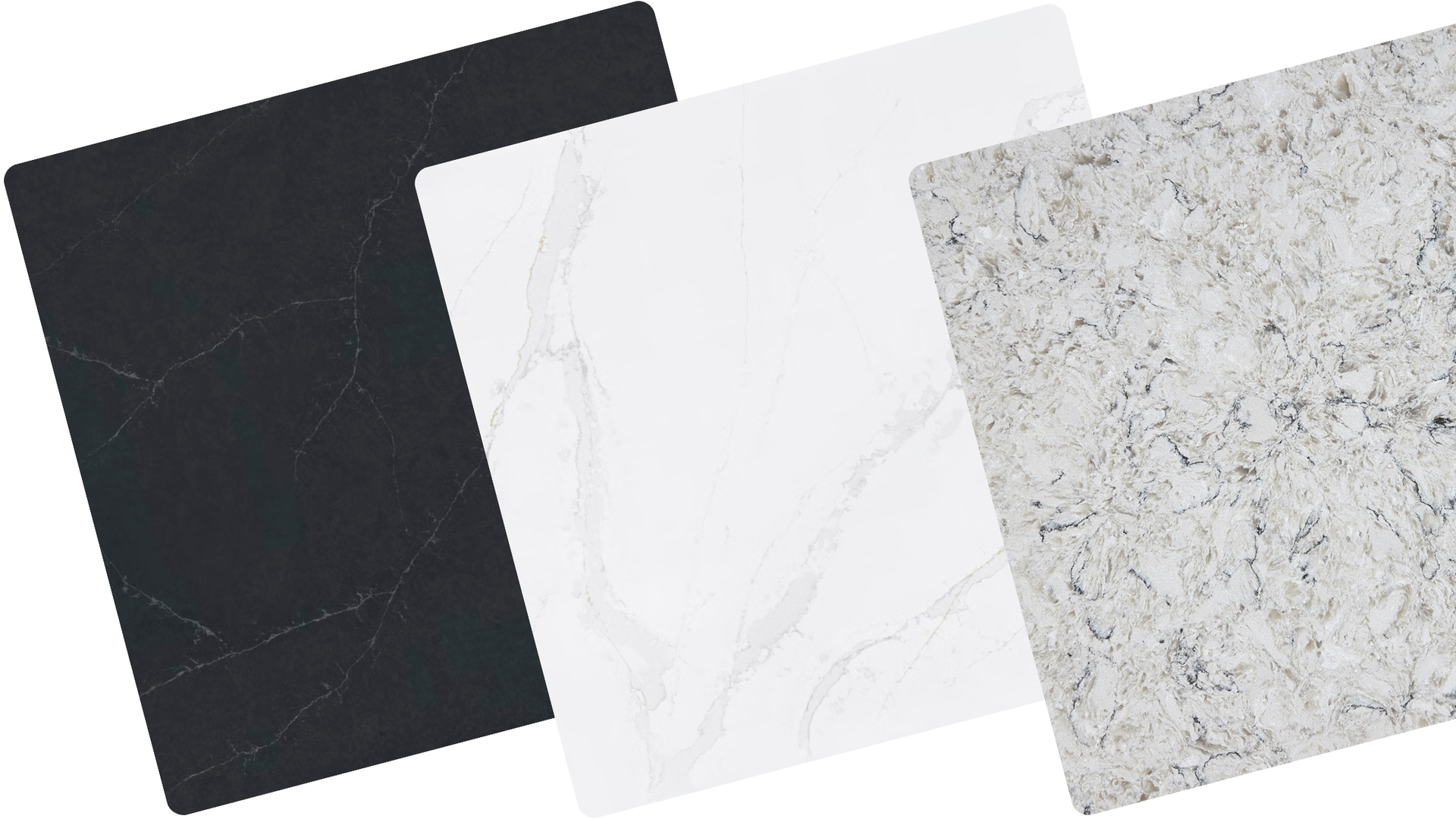
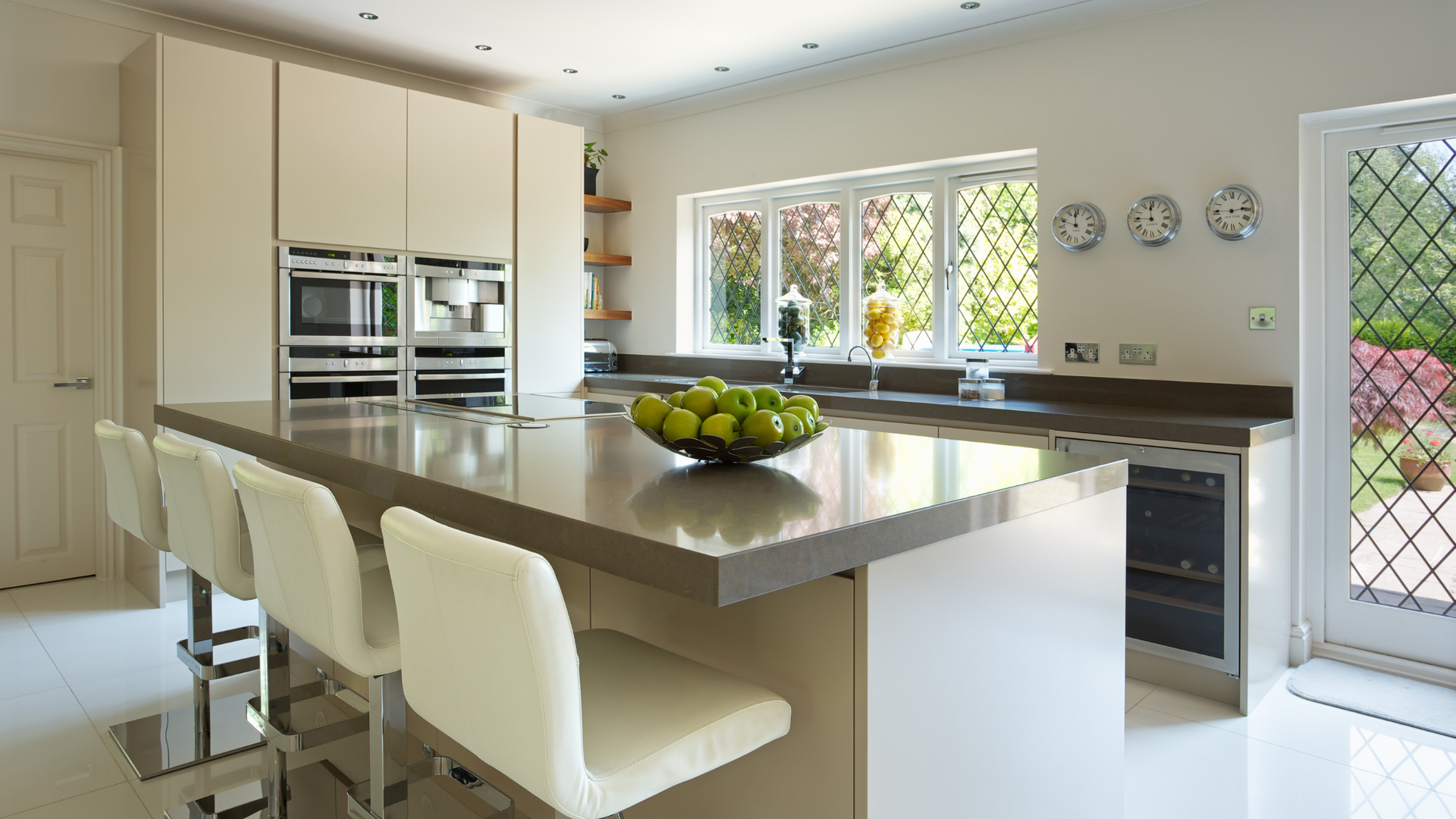

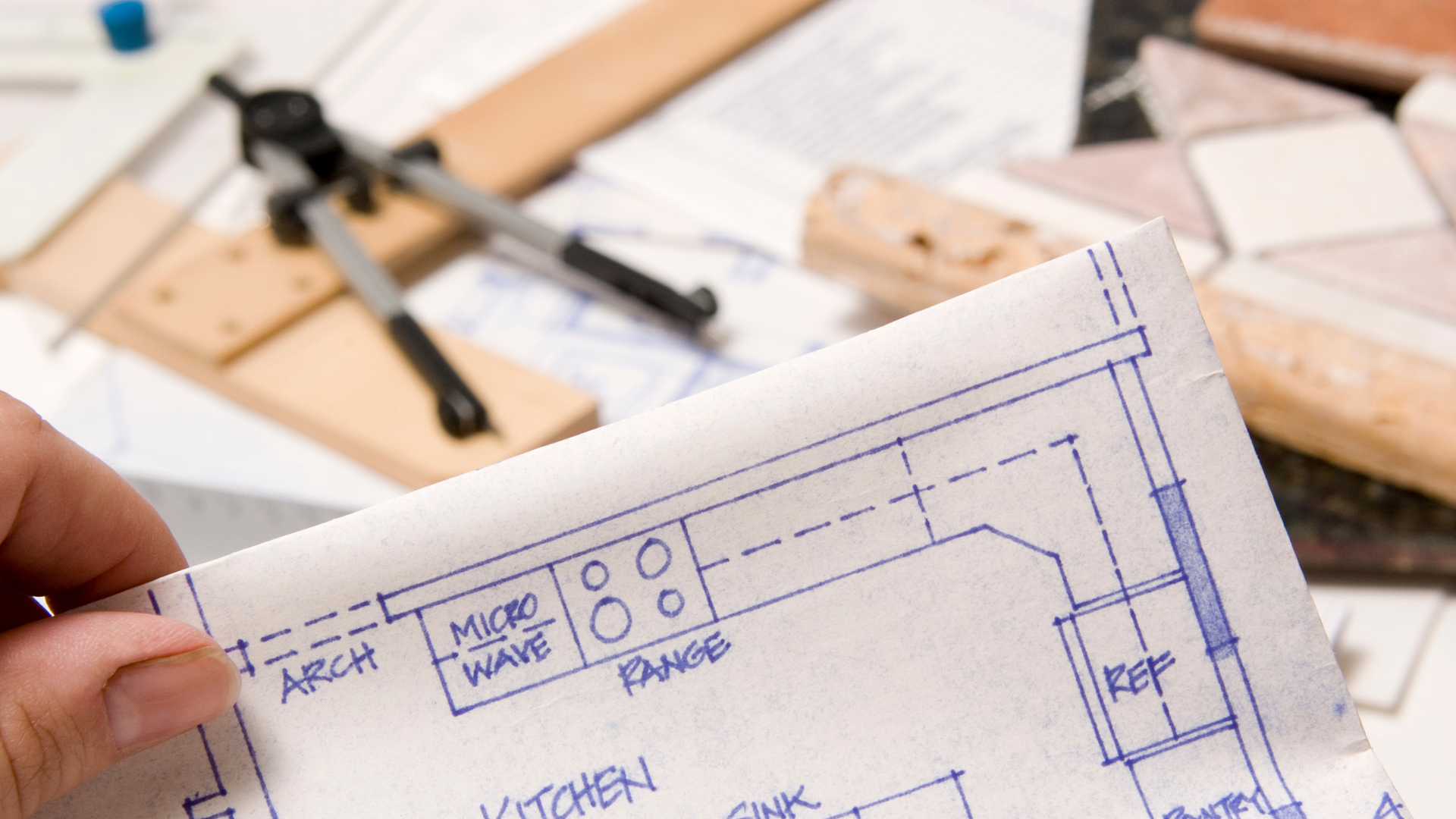
Share On: